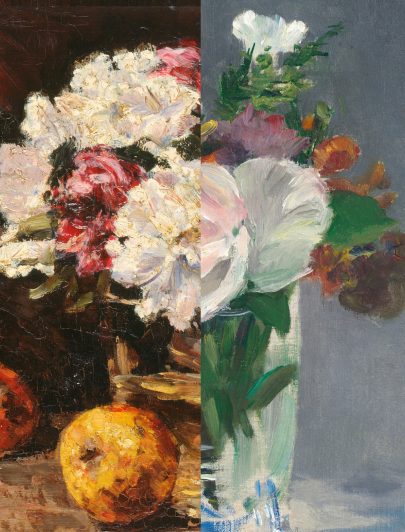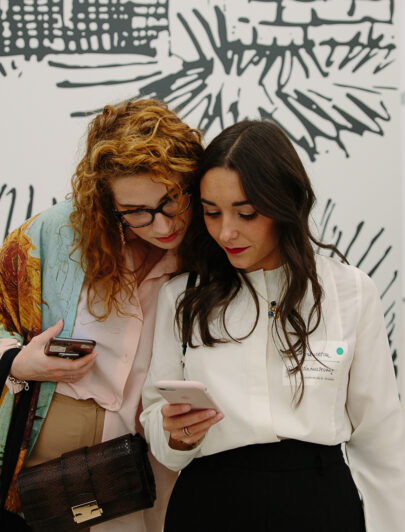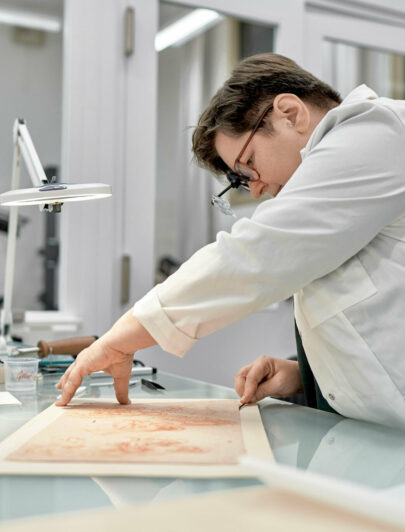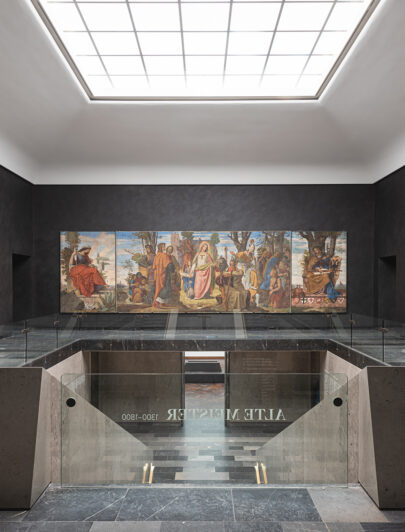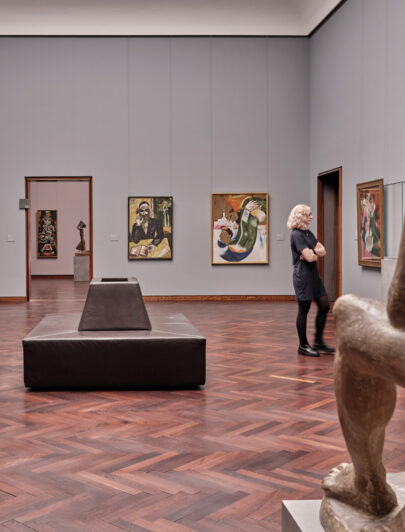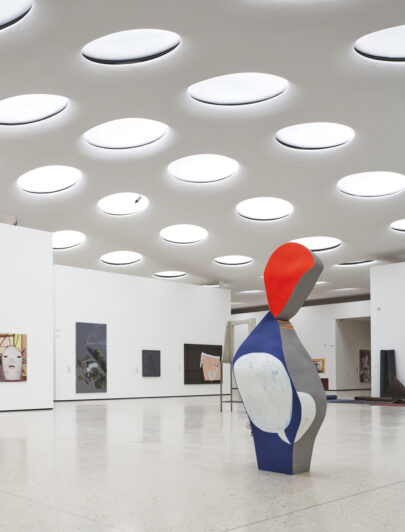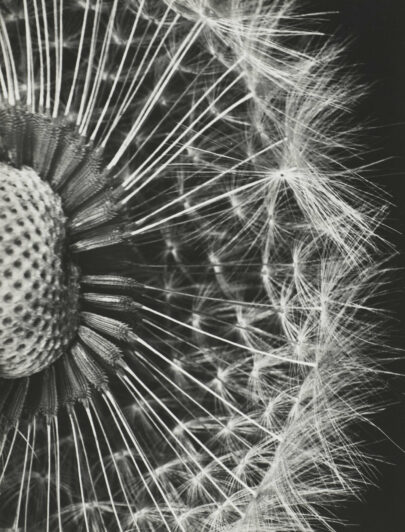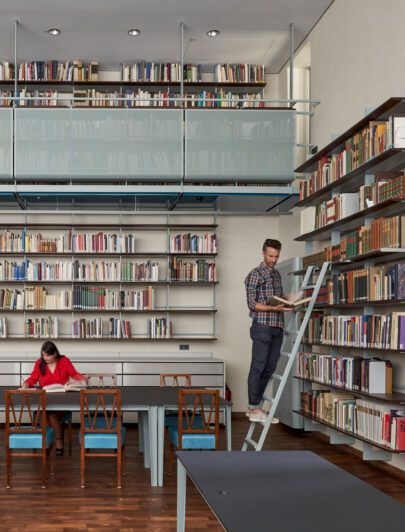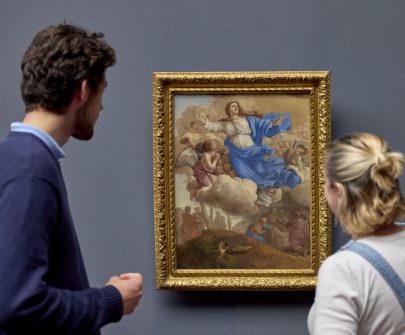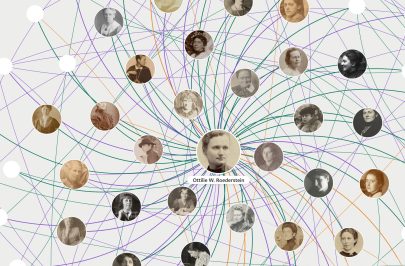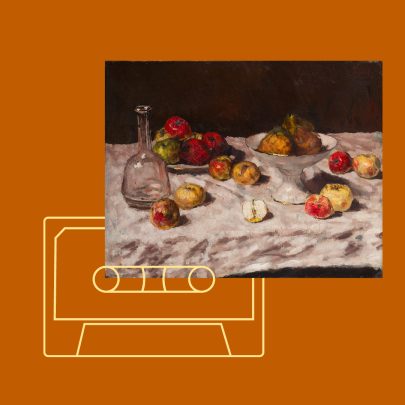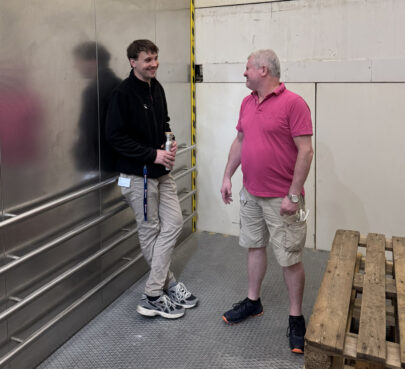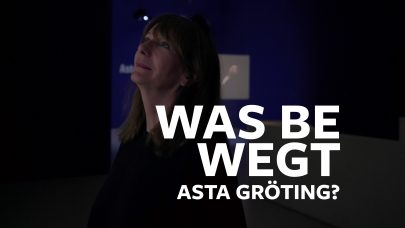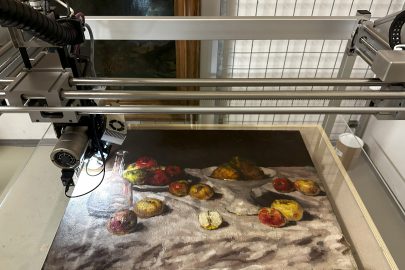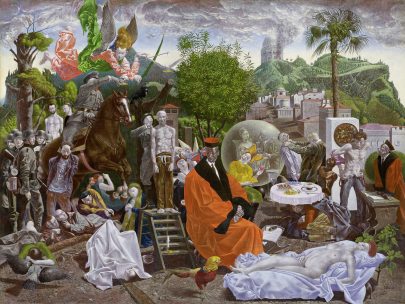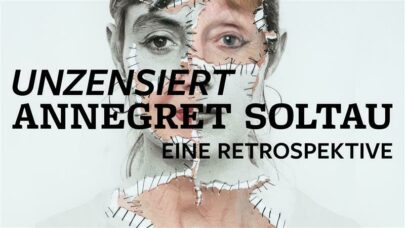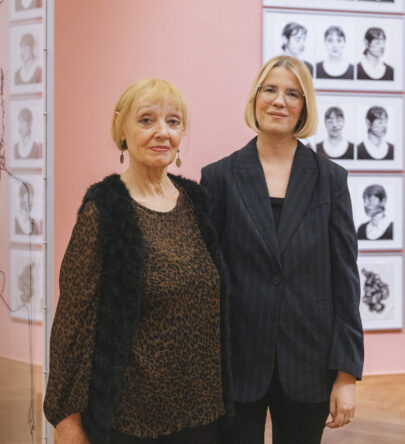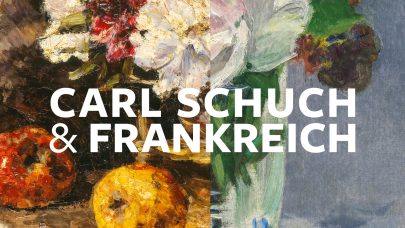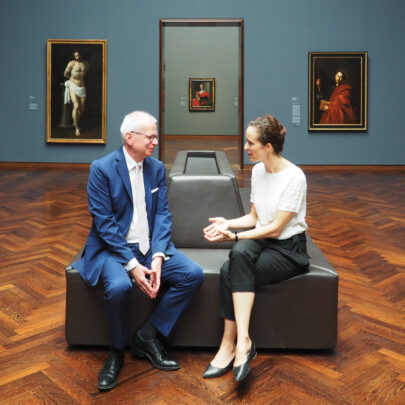Collector, Founder, Role Model
A new room has been created in the Old Masters Collection. Visitors can meet the founder and namesake of the museum, Johann Friedrich Städel, and his vision of a citizens’ museum. Curators Bastian Eclercy and Jochen Sander explain what this is all about in an interview.
Hier den Artikel auf Deutsch lesen.
The first room of the Old Masters galleries has changed completely. What has happened?
Bastian Eclercy: The room was recently structurally altered to allow visitors access to the new Städel Rooftop. However, the room still forms the central prelude to the Old Masters galleries and has therefore been redesigned and refurnished by us: This cupola hall is now dedicated to our founder Johann Friedrich Städel (1728–1816) and his original collection. The famous Städel bust by Johann Nepomuk Zwerger (1796–1868) has also returned to its original location and now forms the centrepiece of the room.
What characterized Johann Friedrich Städel’s collection?
Jochen Sander: Johann Friedrich Städel, born in 1728, was a child of the Age of Enlightenment. His interest in art corresponded to the self-image of the successful merchant and banker within the bourgeois society of Frankfurt at the time. The Protestant, bourgeois elite particularly liked to be reflected in works of 17th century Dutch and Flemish art, which were also strongly represented in Städel’s collection. He frequently supplemented them with German painters of his own time, the 18th century, often from Frankfurt, who in turn had orientated themselves on the art of the “Golden Age” of Dutch painting. Städel favoured portraits, landscapes and everyday scenes, while religious themes were of little interest to him. As a result, he hardly acquired any paintings from before the Baroque period.
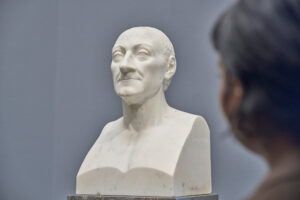
Johann Nepomuk Zwerger (1796–1868), bust of Johann Friedrich Städel, 1829; exhibition view, photo: Städel Museum – Norbert Miguletz
Why is this location particularly suitable for commemorating the founder of our museum?
Bastian Eclercy: Our aim is to place Städel’s original collection at the centre of the Old Masters galleries, and the cupola hall is perfectly suited to this with its position and ceremonial design. We have created a place of remembrance for our founder, where our visitors can not only get to know Johann Friedrich Städel as a collector, namesake and benefactor, but also better understand why the museum exists in this form at all: back to the roots! Many generous friends and patrons take Johann Friedrich Städel as an example and continue the civic museum he conceived with their support. He remains an inspiring role model to this day.
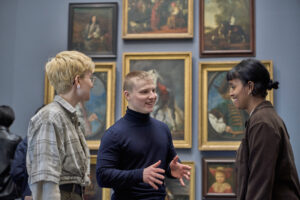
Exhibition view, photo: Städel Museum – Norbert Miguletz
How are the works hung and what is the idea behind this?
Jochen Sander: The presentation of the paintings follows the principles of the “Petersburg hanging”: within the framework of compact, symmetrically organized pictorial constellations, connections are established between the works in terms of content and form. The focus is therefore less on the individual work and more on the ensemble, which is intended to provide the visitors with an opportunity for comparative viewing. This hanging concept, which characterized all museums and collections until around 1900, is named after the model of the Hermitage in St. Petersburg. Städel itself, but also the Städel Museum, had presented its collection of paintings in a “Petersburg hanging”.
What significance does Städel’s original collection have today and how has the collection developed over two centuries?
Bastian Eclercy: The situation at the Städel Museum really differs from other museums that are named after a collector. At the Frick Collection in New York or the Wallace Collection in London, the old core holdings still form the centrepiece of the collection today. Städel’s collection of paintings, on the other hand, was more modest. However, the unpretentious foresight of the donor was remarkable: in his letter of donation in 1815, he stipulated that “moderate” works could be sold in favour of “better” ones. As a result, only a small part of this core collection remains in Frankfurt. These include some outstanding (mainly northern Alpine) paintings, such as the two fantastic portraits by Frans Hals. However, the most famous masterpieces in our Old Master collection, such as those by Jan van Eyck, Mantegna, Botticelli, Dürer, Holbein, Titian, Bronzino, Reni, Rembrandt and Vermeer, were all acquired at a later date. Soon after the museum was founded, a clever collection strategy was developed—building on Städel’s holdings and assets—which led to the fact that today we are able to present about 700 years of art in Frankfurt in a concentrated form and with absolutely top works.
Newsletter
Wer ihn hat,
hat mehr vom Städel.
Aktuelle Ausstellungen, digitale Angebote und Veranstaltungen kompakt. Mit dem Städel E-Mail-Newsletter kommen die neuesten Informationen regelmäßig direkt zu Ihnen.



